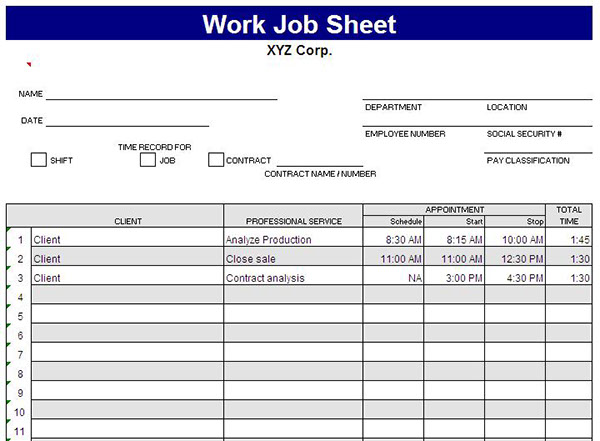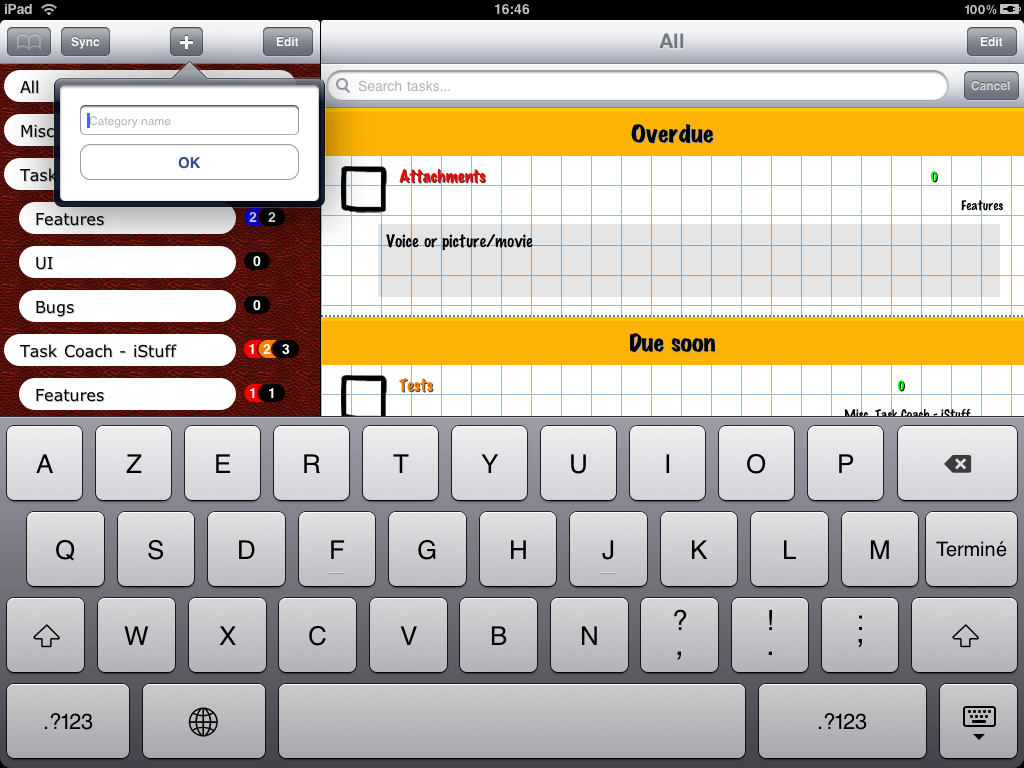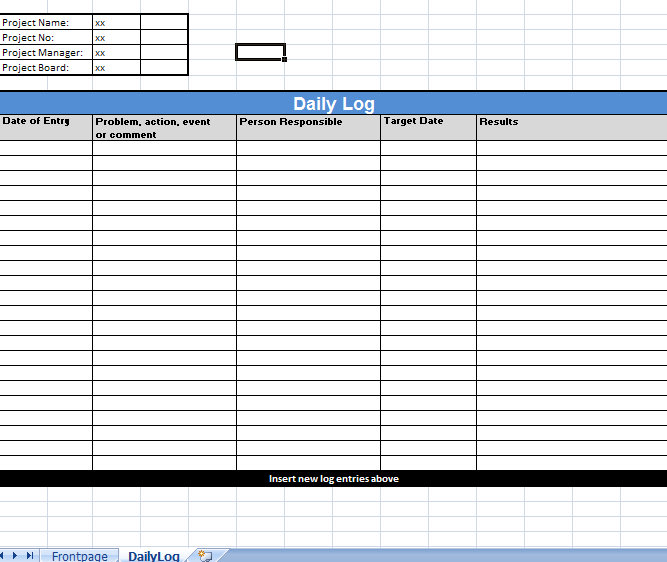
This can include providing stretch assignments, letting them take the reigns on a new project, or pushing them to take the lead on a sales call.

Begin by giving each individual responsibility for tasks that will help them develop in their key areas. Once you know what your employees’ skills are and where they want to go, it’s time to help them put those skills into practice. However, the most effective strategy is ultimately to use these conversations to help them take control of their own development.
#Task coach for tracking job hours professional#
The coaching you provide should aid them on their road to the professional development process. Really listening to your employees' feedback and tailoring the next steps around their answers shows you value your people and are prepared to help them reach their goals. While helping employees develop their visible strengths is key, don’t forget that they may have hidden talents that are yet to be discovered. Rather than simply creating a development plan based on strengths, include them in the conversation by asking what it is that excites them, what they’d like to learn, and where they want to go in the future. Furthermore, Gallup found that people who use their strengths every day are six times more engaged.Īsking people what they want from the coaching process goes hand-in-hand with communicating well. Having a genuine understanding of the individuals that make up your team and what they need to work towards will allow you to more efficiently plan and execute projects. Your job as a manager is to find out what each person’s strengths are and help them develop these coaching skills with a tailored plan. Each member brings something unique to your team. It’s important to tailor your focus to the person you’re interacting with. Know each individual’s strengthsĬoaching isn’t a one-size-fits-all process. This provides the basis you need to work closely with your team on a personal level. If you can level with people, understand the issues they may face in their role, and be sensitive to possible opposing outlooks, you’ll be far better equipped to help your people overcome barriers and work together as a team.īeing more aware of and increasing your emotional intelligence will mean you’re better prepared to support and guide people: it’s not surprising that successful leaders seem to have higher than average levels of emotional intelligence.īeing emotionally intelligent requires a focus both on understanding your own viewpoint and being able to empathize with the viewpoints of others. A large part of coaching is also about the way you interact with each member of your team. Here we’ll take you through the top five ways to coach your team to success and become a great leader in the process.Ĭoaching isn’t just about the employee. Coaching your employees and helping them progress is the mark of a successful leader. Two-thirds of millennials expect their managers to help bring them to the next level by providing professional development opportunities. Not only is this needed from a business perspective, but today’s employees also don’t just want to turn up to work and complete their daily tasks.



With the fast pace of industry changes and the almost monthly need for new skills, it’s essential that you help your team learn and grow regularly.īersin by Deloitte estimates that today’s skills only have a life of 2 ½ to 5 years. Coaching is one of the key components of managing modern employees.


 0 kommentar(er)
0 kommentar(er)
